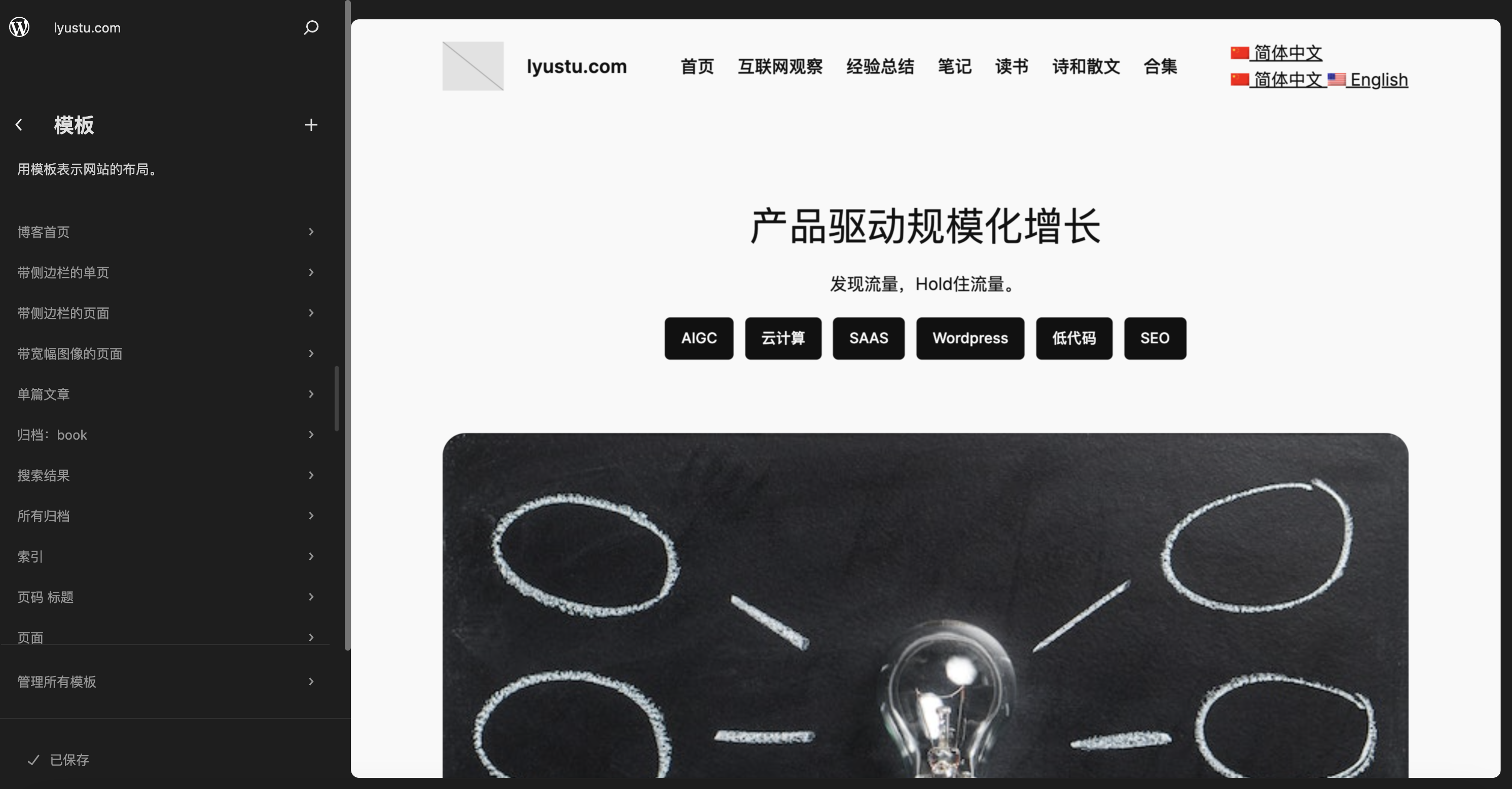low code
Low-Code is a software development method that uses graphical interfaces and pre-built components to help developers quickly build applications without traditional manual programming. The goal of low-code platforms is to enable developers to develop, test, and deploy applications faster while reducing the need for coding skills.
Low-code development platforms typically offer the following features:
Visual modeling tools: Allow developers to build applications by dragging and dropping components (such as buttons, forms, lists, etc.) and connecting lines without writing code.
Pre-built components: Provides a large number of pre-defined code snippets and modules, developers can directly use these ready-made components to quickly create applications.
Automatically generate code: During the development process, low-code platforms can automatically generate code, and developers only need to make slight modifications.
Integrated development environment (IDE): Low-code platforms usually provide an integrated development environment (IDE) to facilitate developers to design and program.
Low-code platforms have applications in many fields, including enterprise applications, mobile applications, web applications, data analysis, etc. They can significantly increase development speed and efficiency, reduce development costs, and help non-professional developers create high-quality applications.
It’s important to note that while low-code development is fast, there are some situations where writing the code entirely by hand may be more appropriate or efficient. In addition, there are some limitations to using a low-code platform, such as support for certain features that may not be as comprehensive as traditional development methods. Therefore, the choice between low-code or traditional development methods needs to be considered based on specific needs and scenarios.
The new WordPress experience: building websites with SAAS, low-code and no-code
On November 6, 2023, WordPress v6.4.2 was released. Two days later, I migrated my blog to another server. Later […]
Dismantle the low-code platform - generative is the direction of low-code
Friends who are familiar with me know that during the epidemic, I coded myself and built a BAAS (back-end as a service cloud computing platform) and a low-code platform. The reason […]
Continue to iterate the views engine
Continue to iterate on the views engine.
After this iteration, the views engine has completely become a microkernel architecture. The architecture of form engine and block engine is the same.
Address selector for form engine
The form engine has been iterated in the past week. Added address selector. Not very satisfied, let’s do this first and talk about it later. The form title implements conditional configuration and does not have to be limited to a fixed value.
OMS has also made some iterations. Added an order type (free). Modified the order model.
The product management system has also made some iterations, adding a product type and a taxonomy for order classification.
The form engine is iterating today
I have always felt that there is something wrong with my form engine, but I have never found it.
It wasn't until yesterday that I discovered that the form items configured using my form engine could not be linked to each other.
It was iterated today to solve this problem and allow linkage between form items.
When the data of a certain form item changes due to user operation, the data or view of the associated form item will change accordingly.
My 2021 year-end summary - low-code development platform and maximizing vehicle rental rate
One thing is accomplished in a year, but surprisingly, two things were accomplished in 2021. The first thing is to iterate my low-code development platform until it is relatively mature and can be officially used […]
Record an iteration of SSO of the low-code development platform - the login of the mini program embedded in the WEB and the PC-side WeChat scan code login
The WeChat applet is embedded into the WEB login and PC-side WeChat scan code login. It is not difficult, but it involves many modifications, including my BAAS platform and low-generation […]





